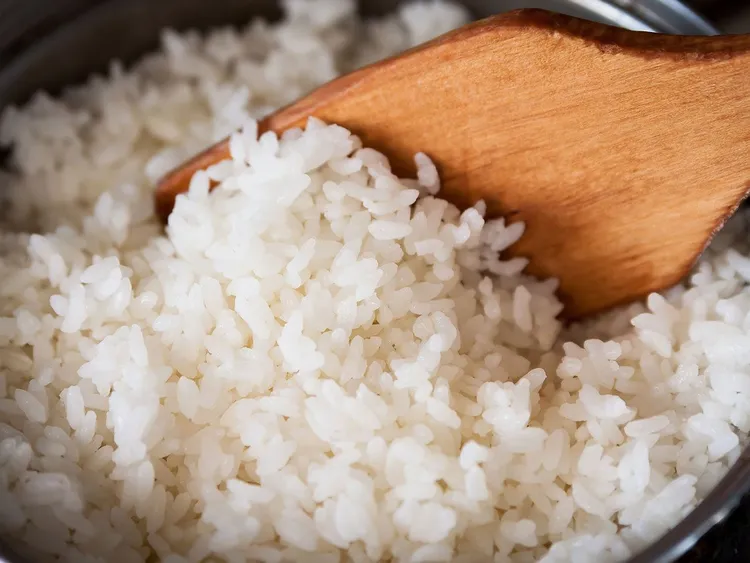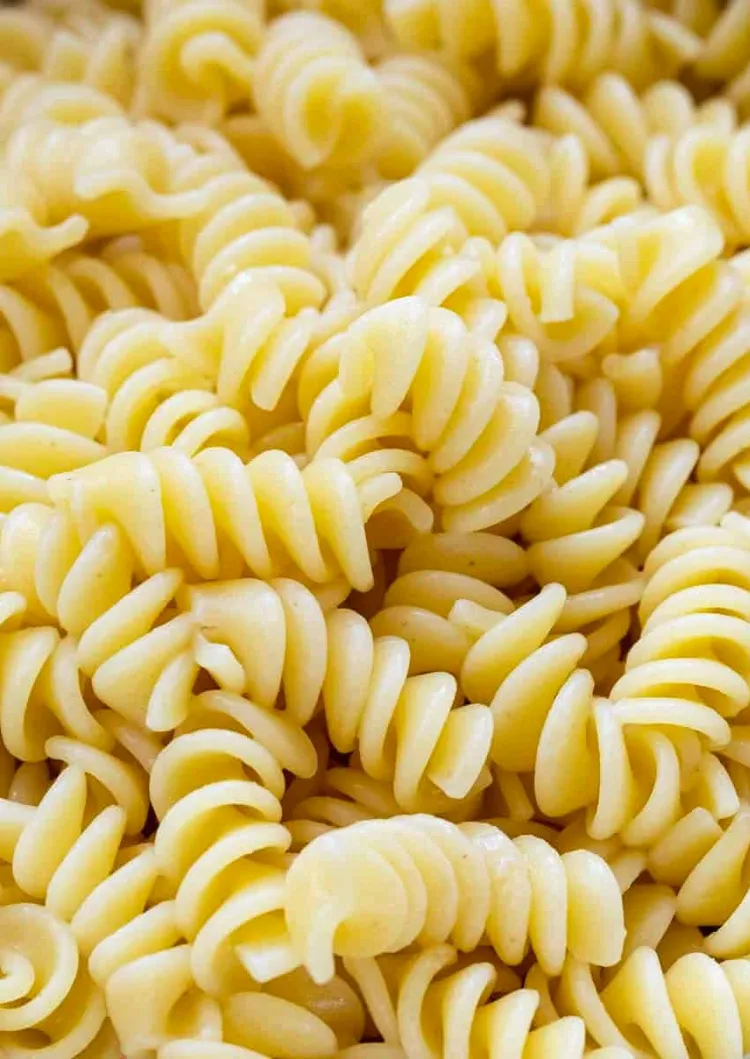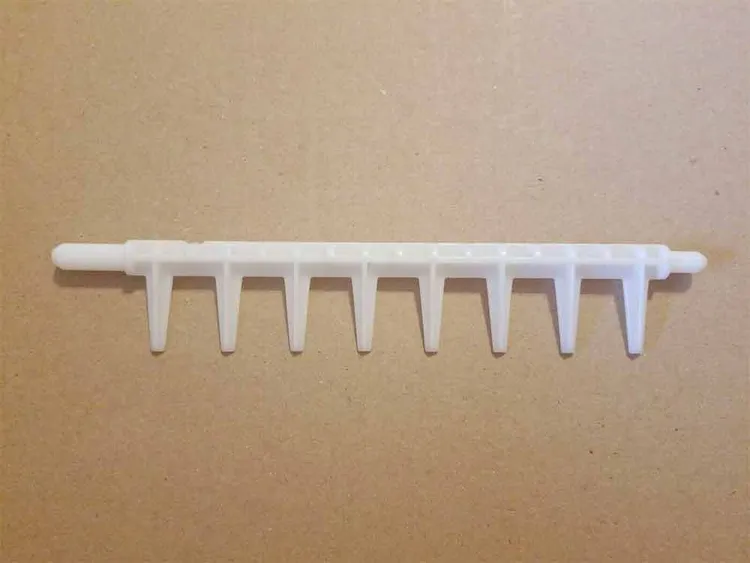Our recommendations are made independently through Research & Testing. We may receive commissions from purchases made via our links.
How to Thaw a Turkey
Turkey is lovely to have no matter what time of the year it is, so it’s important to know how to thaw a turkey safely to avoid health issues. Here’s how!
As Thanksgiving approaches, it may be time to learn how to thaw a turkey.
As long as the turkey is preserved in the freezer, it will remain safe for use indefinitely. However, the moment it begins to thaw, bacteria will start to grow and thrive on your turkey. If left unchecked, these bacteria can pose serious health risks later on.
This guide can show you how to defrost your turkey safely and efficiently.
Can I Cook A Turkey That’s Still Frozen?
It may sound dubious, but cooking a turkey while it’s still frozen or partially frozen is completely safe. That’s not our opinion, mind you, that’s the conclusion of the USDA.
From a food safety perspective, it is better to cook the turkey while it’s frozen.
There is a so-called “bacterial danger zone” between 40°F and 140°F. In this temperature range, bacteria can multiply extremely quickly and vigorously. If the turkey’s left within this range for too long (around 2 hours), bacteria and their toxic byproducts can build up, spoiling the meat. So, the quicker the turkey moves past this zone, the better.
When you cook the turkey from a frozen state, it won’t spend more than a couple of minutes in the danger zone. This completely eliminates any threat of bacterial infection.

There are two caveats, however.
First, cooking a frozen turkey is going to take extra long. Specifically, cooking time may increase by as much as 50%. If you’re short on time, it probably isn’t the most ideal choice.
Second, the only way to properly cook a frozen turkey is by oven roasting. Do not use any other method like smoking, grilling, or deep-frying. These other methods are likely to leave the inside of the turkey only partially-cooked, increasing the chance of food poisoning.
How Do I Safely Thaw a Turkey?
There are three USDA-approved ways to thaw turkey.
Thawing in the refrigerator is the one that’s most recommended.
The cool air in the fridge will allow the turkey to warm up gradually. At the same time, the fridge’s chilly temperature will prevent bacteria from growing out of control.
The second method is thawing in cold water.
Basically, it involves wrapping up the turkey in plastic and then dipping it in a pot of cold water. The water, while cold, is still at a higher temperature than the frozen turkey. Over time, the meat will warm up to a degree, but not so warm that bacteria becomes a major problem.
The third and final method is to simply microwave the turkey. We do not recommend you to use this method unless you have no other option.
Though it is the quickest (only takes about 1.5 hours or so), it has many different disadvantages.
The microwave’s heat is very intense. If you’re not careful, the turkey may even cook inside of the microwave rather than merely defrost.
But even if you do manage to time the thawing process correctly, the microwave will boil off a lot of the turkey’s moisture. This leaves the turkey tasting dry and dehydrated, devoid of its natural juiciness.
However, the biggest concern is that the microwave can bring the turkey up to the “danger zone” very quickly. So, unlike turkeys that are thawed in the refrigerator or cold water, you must cook immediately afterward or risk food poisoning.
1. How to Thaw Turkey in the Refrigerator
Step 1: Determine the Weight of Your Turkey
This may sound strange, but weighing the bird is actually a crucial step. The weight of the turkey will determine the time it takes to completely thaw.
According to the USDA, you have to allow 24 hours for every 4-5 pounds of turkey.
As an example, the average turkey weighs around 15 pounds. That’s a minimum of 72 hours in the fridge before it’s ready for cooking.
Step 2: Transfer the Turkey From the Freezer to the Fridge
Do the math to decide when your particular turkey needs to start defrosting in order to be ready by cooking time. At the appointed time, transfer the turkey out of the freezer and into the fridge.
If the turkey is still in its original packaging from the supermarket, keep it that way and do not remove anything. If you have already removed the packaging, you can place the turkey into a shallow bowl or baking dish and cover it with plastic wrap.
The dish and wrapping will ensure that the turkey wouldn’t drip its juices — which could contain bacteria — onto other foods in the fridge.

Step 3: Wait It Out and Use When Needed
Now all you have to do is wait for the minimum thawing time that you calculated when you weighed the turkey.
Once the turkey is sufficiently thawed, it will remain safe for use in the fridge for up to 2 days.
2. Quickly Thaw a Turkey in Cold Water
Step 1: Prepare the Cold Water
For this step, you can either use your sink or fill a large pot with water. The water must be cold in order to keep the turkey at a safe temperature.
Step 2: Dip the Turkey
Again, it’s best if your turkey is still in its original, airtight packaging.
If you already removed the packaging, wrap it up tightly in plastic wrap. Make sure that the wrapping is tight enough that water does not touch any part of the turkey.
Gradually lower the turkey into the water bath.

Step 3: Wait It Out and Change the Water Occasionally
Allot 30 minutes of soaking time for every pound of turkey. So, a 15-pound turkey will need 7.5 hours to fully defrost.
Here is the disadvantage of this method: you must change the water once every 30 minutes.
The water won’t remain cold indefinitely — it will warm up over time. In 30 minutes, it will have turned lukewarm. If you leave it unattended for too long, the turkey’s surface will warm up too quickly. This transforms it into a breeding ground for bacteria.
Step 4: Cook Immediately
Once the turkey has thawed, you must get to cooking immediately. As a result, it’s important to plan the meal ahead.
For example, if you start thawing at 6 or 7 A.M, the turkey will be ready by 2 or 3 P.M. Accounting for cooking time, if you get to work immediately, the turkey will be ready by the time guests arrive in the evening.
3. In the Microwave
Step 1: Check the Microwave’s User Manual
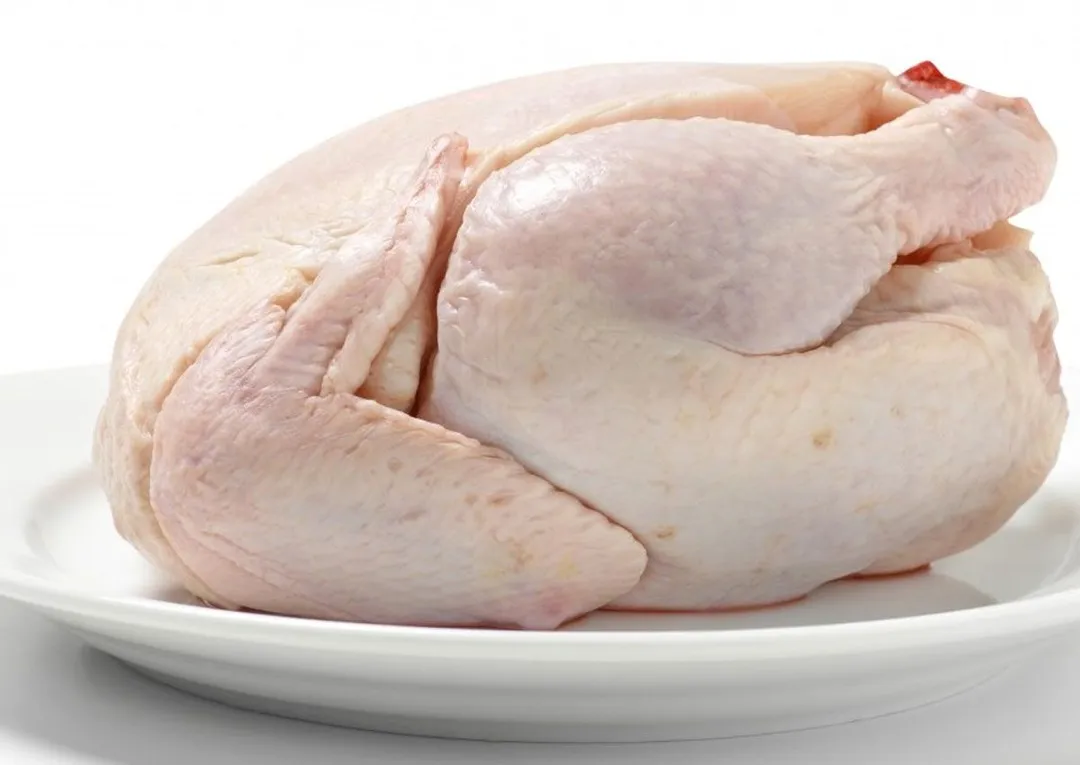
The manual for your microwave should contain a section that tells you exactly the setting and timing to thaw a turkey. Each microwave has a different power output and design, so they’re not going to be the same for everyone.
Nonetheless, if you lost the manual, you may be able to fudge it with the USDA’s recommendation: 6 minutes for every pound.
For example, a 15-pound bird should be zapped for 1.5 hours (90 minutes).
Step 2: Prepare the Turkey for the Microwave
Remove the turkey from its plastic packaging.
If there’s enough space in the microwave, you should also place the turkey on top of a microwave-safe plate or container. It will catch the dirty drippings from the turkey and save you from having to clean the microwave later.
Step 3: Microwave It
Tune the microwave to the Defrost setting. Cook using the timing written in your manual or the USDA’s pre-calculated time.
Step 4: Cook Immediately
Once the turkey is fully defrosted, take it out. Do not dawdle. Cook immediately to minimize the risk of bacterial buildup.
How Not to Thaw Your Turkey
There are right ways to thaw your turkey, so naturally there are also wrong ways. The following are some methods that you must never use to defrost your turkey.
However, the list is not all-inclusive. People have tried plenty of dangerous (and unorthodox) defrosting methods before, such as thawing in a grocery bag. They’re usually bad ideas, so our general recommendation is to ONLY use the three USDA-approved methods prescribed above.
1. Thawing on the Counter
This is a surprisingly common way that people defrost their meat. However, it puts you at much higher risk of foodborne illness.
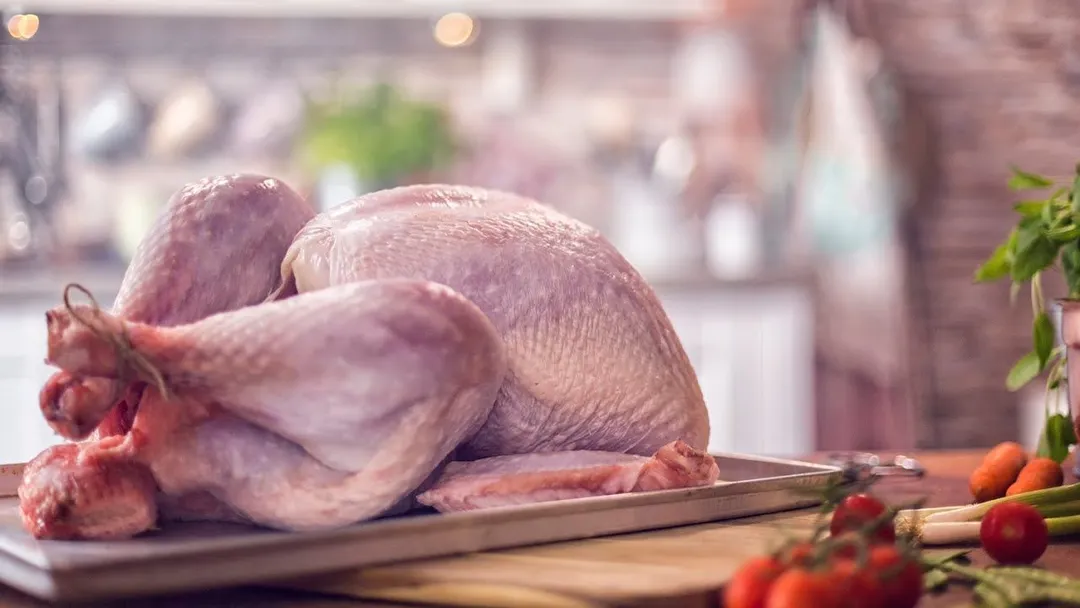
When you thaw the turkey on the counter, the meat will come to and stay at room temperature for hours. At room temperature, harmful bacteria thrives and will eventually spoil the turkey.
You shouldn’t think that you can “cook away” all the bacteria.
While, yes, most bacteria will die when you cook their meat, the microbes themselves don’t pose the greatest threat in this case.
When the bacteria are still alive, they produce a variety of toxic byproducts which get deposited on the meat. So, even when the bacteria themselves die off, those toxins will remain. If you cook spoiled meat, these byproducts are what will give you food poisoning rather than the bacteria themselves.
2. Thawing in Hot Water
This creates much the same problem as above.
Hot water will cause the exterior of the turkey to immediately heat up, eventually reaching the danger zone. Meanwhile, the inside of the turkey will remain cold.
By the time the interior manages to catch up with the outer skin, hours will have passed. Bacteria will have multiplied to a dangerous threshold on the outside of the turkey.
In contrast, cold water will allow the turkey to heat up more gradually. The turkey never has to spend much time in the danger zone.
How Do I Tell If My Turkey Is Bad?
Being able to tell when a turkey has gone bad is an invaluable skill.
Even if you follow all of the steps to a tee, sometimes things happen while you’re away that ruin your bird. Catching the symptoms of spoilage and discarding the meat could potentially save your life.

With that said, there are three things that can immediately tell you the health of your turkey: smell, texture, and appearance.
1. Smell
The quickest test is to simply smell it.
If the turkey smells “off” for your nose, then it’s safer to just discard it altogether. Don’t try to rationalize it at all. If it smells bad, throw it away. It’s simply not worth the risk.
For bacteria to grow, they must consume the nutrients found on the turkey. As they metabolize and break down the nutrients, the bacteria release a lot of foul-smelling substances. That is the cause of that putrid scent wafting up from your turkey.
If the meat has begun to smell, it means the concentration of bacteria has already reached a dangerous level. There’s no saving the turkey at that point.
2. Texture
The next test is to simply touch it. Wash your hands before you touch the turkey.
The meat shouldn’t feel slimy or sticky. Slime is yet another byproduct of heavy bacterial activity. If it feels a bit slimy to you, throw the turkey away.
3. Appearance
It’s quite challenging to tell whether the meat has spoiled by appearance. Most people spot bad meat by smell and texture. Still, it’s possible to look at a turkey’s flesh and tell whether it has gone bad or not.
Fresh meat will look pinkish and vibrant. Meanwhile, spoiled meat will have a dull, grayish coloration.
If the turkey has black, yellow, or green spots, those are huge red flags.
There are many explanations for these spots and none of them are positive. It’s possible that the turkey is diseased or has decayed. Another possibility is that the turkey reached very advanced stages of a serious bacterial infection even before it died.
As an example, turkeys can contract a disease known as “Green Muscle Disease” (also known as Oregon Disease). It causes the inner flesh of the turkey to turn green.
Though in this particular case the greenish flesh is technically safe for consumption, green meat is most definitely not conducive to a good appetite. And it can be hard to distinguish Green Muscle Disease from other, more dangerous bacterial or fungal infestations. You’re better off just discarding the turkey.
The same goes for turkeys with flesh of any color other than a healthy pink.
If you have just recently purchased the turkey but it already has such intense discoloration, report it to your local health department. It’s not unheard of for diseased, decayed, or otherwise spoiled turkeys to be sold off to unsuspecting customers.
Conclusion
And that’s everything you need to know about how to thaw a turkey! We hope this guide has been helpful for you.
Share your results in the comment section below. We’d love to know how your turkey dinner went!
Authors
Luna Regina is an accomplished writer and author who dedicates her career to empowering home cooks and making cooking effortless for everyone. She is the founder of HealthyKitchen101.com and HealthyRecipes101.com, where she works with her team to develop easy, nutritious recipes and help aspiring cooks choose the right kitchen appliances.

